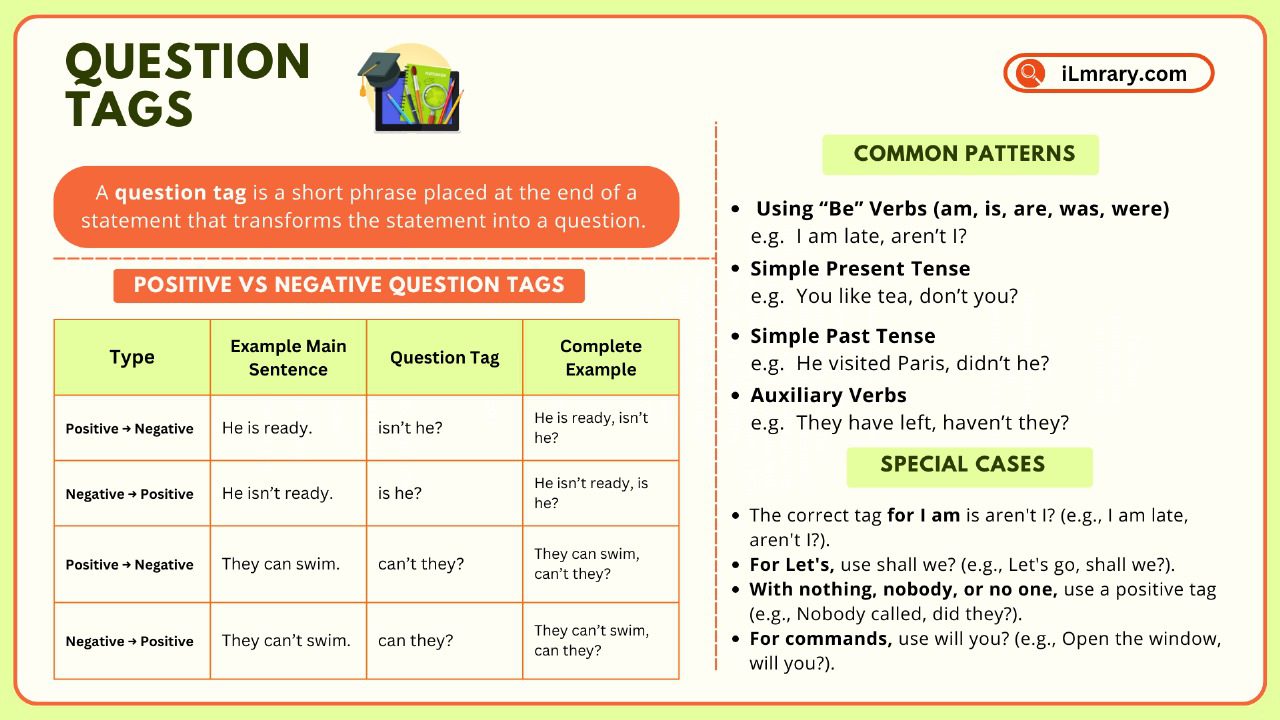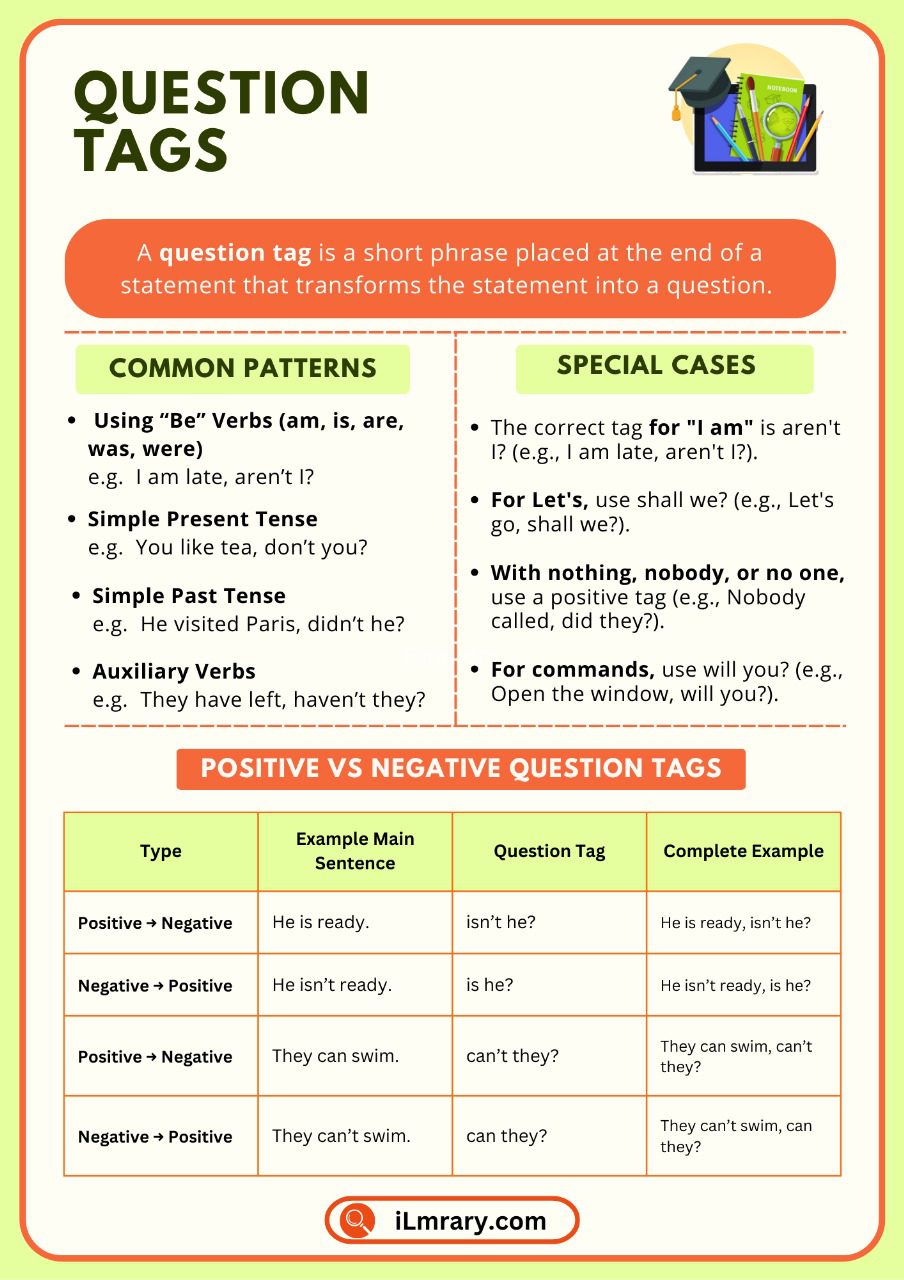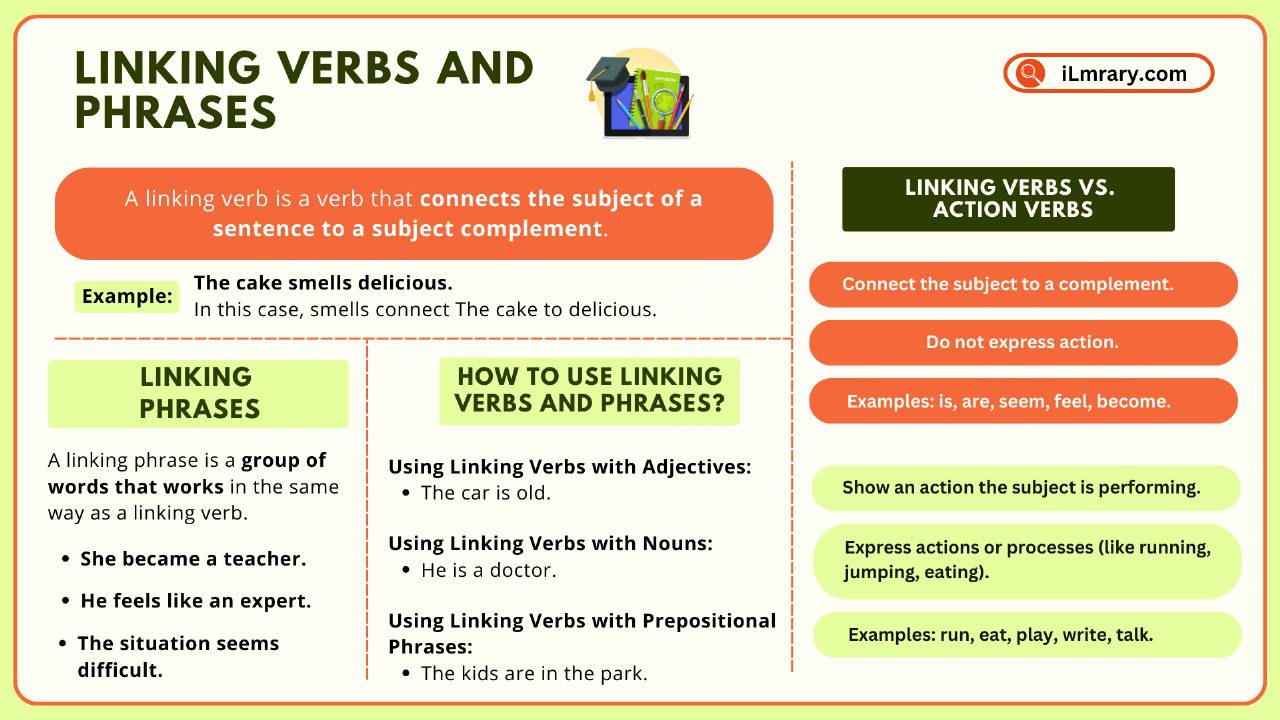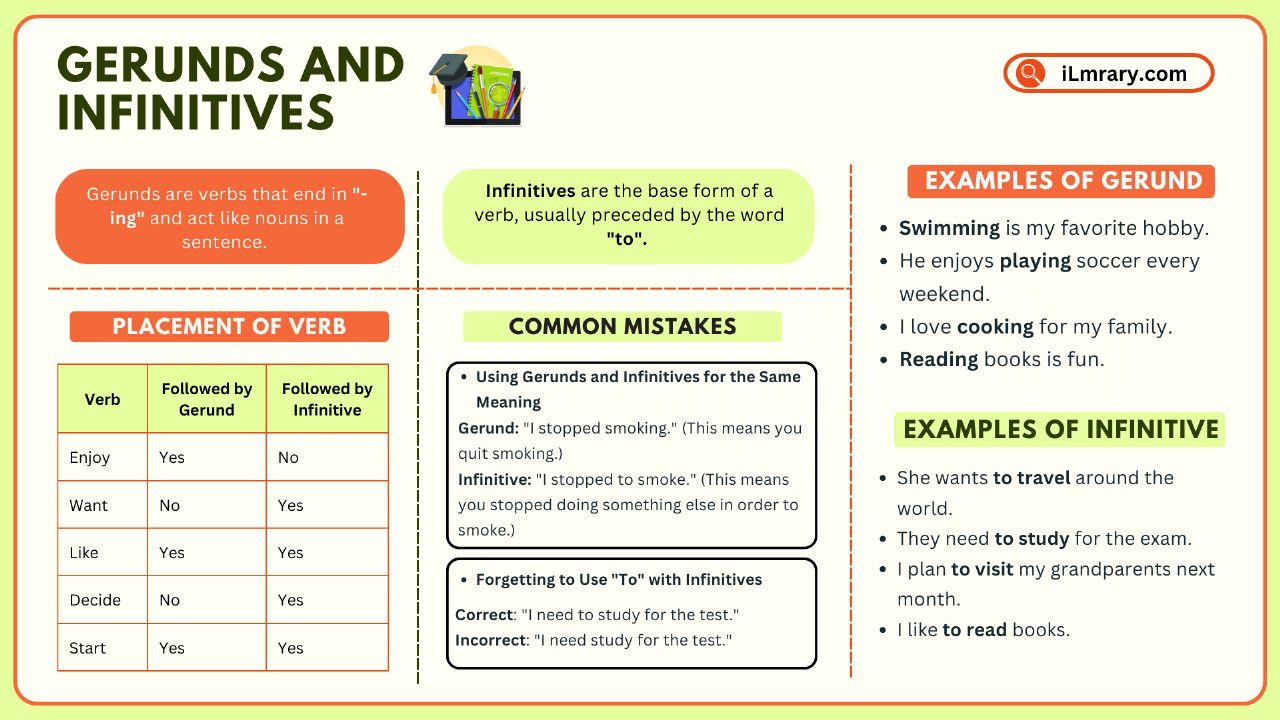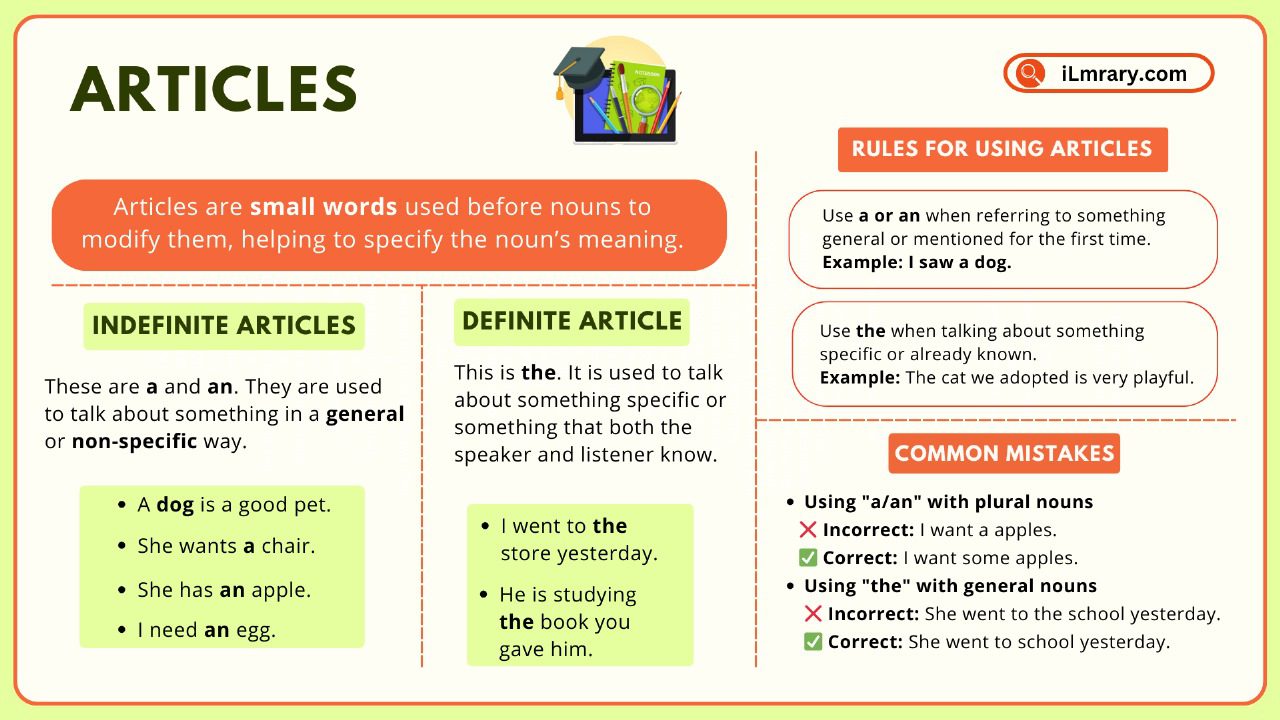Contents
What Are Question Tags?
Question tags are short questions added at the end of statements to confirm information, seek agreement, or check if something is true. They are commonly used in spoken English to make conversations more interactive and engaging.
For example:
- It’s a beautiful day, isn’t it?
- You don’t like coffee, do you?
In these examples, isn’t it and do you are question tags. They turn a simple statement into a question, inviting the listener to respond.
Why Are Question Tags Important?
Question tags are useful because:
- They help you confirm information (e.g., “You’re coming to the party, aren’t you?”).
- They make conversations more natural and polite.
- They encourage the listener to respond or agree (e.g., “It’s cold today, isn’t it?”).
How Do Question Tags Work?
Question tags follow specific rules based on the main statement. Here’s how they work:
- If the main statement is positive, the question tag is negative.
- She is a doctor, isn’t she?
2. If the main statement is negative, the question tag is positive.
- She isn’t a doctor, is she?
Key Points to Remember
- The question tag must match the verb in the main statement.
- He plays football, doesn’t he? (Here, “plays” becomes “doesn’t” in the tag.)
- If the main statement uses an auxiliary verb (e.g., is, are, can, will), the same verb is used in the tag.
- Example: They can swim, can’t they?
- If the main statement doesn’t have an auxiliary verb, use do, does, or did in the tag.
- Example: You like pizza, don’t you?
Examples of Question Tags
| Main Statement | Question Tag |
|---|---|
| It’s raining, | isn’t it? |
| You don’t like tea, | do you? |
| He can drive, | can’t he? |
| They won’t be late, | will they? |
| She has finished, | hasn’t she? |
Basic Rules for Forming Question Tags
| Rule | Main Sentence | Question Tag | Explanation |
|---|---|---|---|
| Rule 1: Positive → Negative | He is ready. | isn’t he? | When the main sentence is positive, the tag is negative. |
| Rule 2: Negative → Positive | He isn’t ready. | is he? | When the main sentence is negative, the tag is positive. |
| Pronoun Use | She is coming. | isn’t she? | Use the same pronoun as the subject of the main sentence. |
| Special Case | I am happy. | aren’t I? | With am, we use aren’t I? instead of am I? |
| Questions | Are you coming? | aren’t you? | If the main sentence is already a question, the tag follows the same rule. |
Common Patterns and Examples for Question Tags
Once you understand the basic rules, let’s see how question tags work with different verb forms. This is important because English has many tenses and auxiliary verbs.
1. Using “Be” Verbs (am, is, are, was, were)
When the main sentence uses a “be” verb, the question tag uses the same “be” verb.
- I am late, aren’t I?
- He is in the garden, isn’t he?
- They were at the concert, weren’t they?
2. Simple Present Tense
When the sentence is in the present tense, use “do” or “does” in the question tag.
- She drives a car, doesn’t she?
- You like tea, don’t you?
3. Simple Past Tense
When the sentence is in the past tense, use “did” in the question tag.
- He visited Paris, didn’t he?
- We watched the movie, didn’t we?
4. Auxiliary Verbs (have, can, will, should, etc.)
When the main sentence has an auxiliary verb (helping verb), use the same verb in the tag.
- They have left, haven’t they?
- You can cook, can’t you?
- He will help, won’t he?
- We should leave now, shouldn’t we?
Key Tip:
Match the verb in the question tag with the verb tense in the main sentence:
- If the main sentence uses “does,” the tag uses doesn’t.
- If the sentence uses “did,” the tag uses didn’t.
Now that you know the basic rule, let’s see how it applies to different verb forms. This is important because English has many tenses and auxiliary verbs.
Special Cases and Irregularities in Question Tags
There are a few exceptions to the typical positive-negative patterns. Let’s explore these special cases:
1. Using “I am”
Normally, we would expect “amn’t I?” as the question tag, but in modern English, “aren’t I?” is used instead.
- I am a bit late, aren’t I?
2. Using “Let’s”
When making a suggestion using “Let’s,” the question tag is “shall we?”
- Let’s go to the park, shall we?
3. Nothing, Nobody, No One
Words like “nothing,” “nobody,” and “no one” are considered negative, so the question tag is positive.
- Nobody called, did they?
4. Imperatives (Commands)
When giving a command, the question tag used is “will you?”
- Open the window, will you?
Key Point:
For these special cases, we break the normal rule of using positive and negative question tags. These exceptions are common in spoken and written English.
Positive vs. Negative Question Tags: A Comparison Table
To visualize how this rule works, here’s a helpful table. Notice the shift between the statement and the question tag:
| Type | Example Main Sentence | Question Tag | Complete Example |
| Positive → Negative | He is ready. | isn’t he? | He is ready, isn’t he? |
| Negative → Positive | He isn’t ready. | is he? | He isn’t ready, is he? |
| Positive → Negative | They can swim. | can’t they? | They can swim, can’t they? |
| Negative → Positive | They can’t swim. | can they? | They can’t swim, can they? |
| Positive → Negative | She will come. | won’t she? | She will come, won’t she? |
| Negative → Positive | She won’t come. | will she? | She won’t come, will she? |
Intonation and Tone in Question Tags
While question tags are about grammar, how you say them also matters. English speakers change their intonation depending on whether they genuinely want an answer or simply seek confirmation.
1 – Rising Intonation:
Used when you are uncertain and are truly asking for information.
For Example:
- You finished your homework, didn’t you?
The voice goes up at the end if you genuinely do not know.
2 – Falling Intonation:
Used when you are fairly sure of what you are saying and simply want the other person to agree.
For Example:
- You finished your homework, didn’t you.
The voice goes down at the end to show you expect agreement.
Common Mistakes in Question Tags
Even with rules in hand, learners often slip up. Here are a few mistakes to watch out for:
1 – Mixing Tenses
In the following example, the word ‘went’ is in the past tense, so you should use ‘didn’t’ to match.
- Incorrect: He went home, isn’t he?
- Correct: He went home, didn’t he?
2 – Wrong Pronoun
In the following example, ‘Parents’ is plural, so we use ‘they.’
- Incorrect: Your parents left, didn’t it?
- Correct: Your parents left, didn’t they?
3 – Ignoring Special Cases
In the following example, “amn’t” is not standard in modern English usage.
- Incorrect: I am your friend, amn’t I?
- Correct: I am your friend, aren’t I?
Frequently Asked Questions
1 – What if I forget the right question tag in the moment?
Don’t worry. If you draw a blank, you can simply ask a direct question instead. Over time, as you practice, remembering the correct tag will become easier.
2 – Are question tags used in formal writing?
Usually, you see question tags in spoken English or in casual writing (such as emails to friends). In formal writing, it’s more common to ask direct questions or state points clearly without tags.
3 – Why do some question tags not follow the normal rule?
Some phrases, like ‘I am’, ‘Let’s,’ or negative pronouns, are exceptions. English has many unique rules, and these exceptions have developed through usage over time.
4 – I use question tags after every statement. Is that correct?
It’s best not to. Overusing question tags can make your speech sound repetitive or hesitant. Use them strategically, especially when you seek agreement or confirmation.
5 – How can I improve my tone when speaking?
Listen to native speakers on TV shows, movies, or podcasts. Pay attention to their voice rising or falling at the end of sentences. Practice imitating that pattern until it feels natural to you.
Conclusion
To sum up, question tags play a small but crucial role in English grammar. By learning the basic rule of question tag formation, positive statement → negative tag, negative statement → positive tag, you cover a lot of ground.
Therefore, don’t be discouraged by special cases or exceptions like ‘aren’t I?’ for ‘I am.’ These things exist in almost every language. With regular practice, listening, and imitation, you will soon see how question tags can enrich your communication. Whether you’re speaking with friends, family, or colleagues, knowing how to smoothly ask for agreement or confirmation makes a world of difference.
You may also like:


